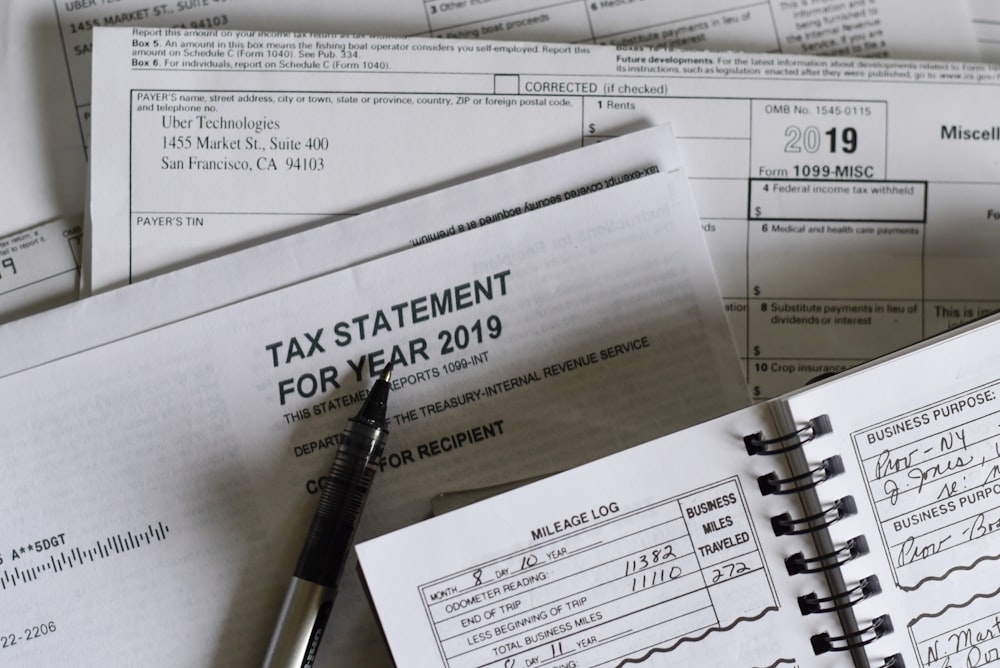

Tiffany Wang is an IPilogue Writer, Intellectual Property Journal Editor, and a 2L JD Candidate at Osgoode Hall Law School.
Intellectual property and taxes—an unlikely convergence.
Since the burst of the dot-com bubble in the 1990s, the share of intangibles in total investment has accelerated on a global scale. As value-drivers for corporations, the portion of intangible assets in Standard & Poor’s 500 stock index reached 91% in 2019—up from a mere 17% in 1975 (marking a 74% increase in 44 years). Even during the COVID-19 pandemic, corporations that invested in four main categories of intangible capital—innovation, digital and analytics, human and relations, and branding—continued to maintain 2019 levels of growth.
Intellectual property is a key category of intangible assets. Intellectual property falls into the category of “intellectual assets”, including inventions, technologies, brands, software, designs, and process, among others. Often, trademark and patent are protection tools to prevent competitors from exploiting value-driving assets.
Intangible assets inevitably lead to a quagmire: how do governments tax intangibles? Intangible assets are not physical in nature. How does one impose taxes on something invisible (e.g. data or goodwill)? Or something with a value more difficult to decipher?
Under paragraph 3(a) of the Income Tax Act (“ITA”), the income of a taxpayer for a given taxation year is his or her income for the year from each office, employment, business, and property. Property is defined in section 248 of the ITA as any kind whatever whether real or personal or corporeal or incorporeal. Logically, intellectual property may be subject to taxation under paragraph 3(a). However, intangible assets are not defined in the ITA. Not only does the difficulty of determining the fair market value of intangible assets render taxation different from the traditional economy, but the lack of concrete legislative guidance undermines the predictability and efficiency of taxation.
Another issue is the difficulty in treating intellectual property as either capital or income. Intangible assets can simultaneously fall into both categories. For instance, a taxpayer may deploy a copyright-protected work as an “income-producing property”: here, the copyright would be capital. However, if a taxpayer sells a copyright-protected work and transfers copyright, then the revenue generated would be income.
As other jurisdictions have reformed the taxation of intangible assets, Canada has remained largely stagnant on the matter. Congress, for instance, has introduced the 10.5 percent minimum tax on global intangible low-taxed income (GILTI) to approximate the income from intellectual property held abroad. Additionally, the Organisation for Economic Co-operation and Development has turned to base erosion and profit shifting tools to strategize how to close the taxation loopholes triggered by intangible assets and payments (e.g. royalties).
The rapid replacement of brick-and-mortar industries by digitalization creates opportunities to reform taxation. To parallel business development, perhaps novel legislative reforms are required to ensure that Canada does not fall behind in the global restructuring of taxation.

